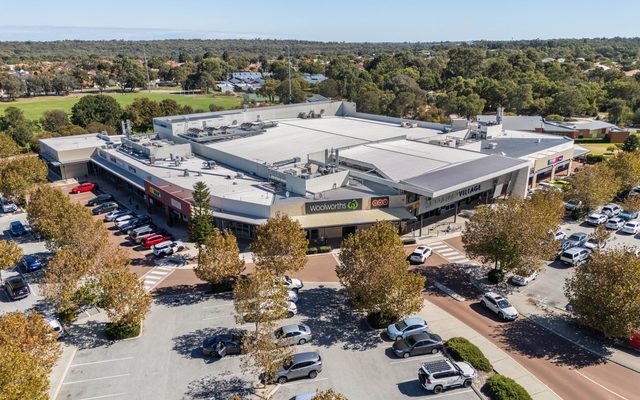This article is from the Australian Property Journal archive
LISTED property giants Stockland and Goodman Group are well-placed to access the surprise ongoing upside to logistics rental growth, which still has some way to run following the remarkable boom period during COVID, but growth opportunities are increasingly hard to come by for REITs has headwinds intensify.
According to a research note from UBS, Growing pains as rates reality bites, Stockland and Goodman are in their positive position to make the most of industrial conditions due to short weighted average lease expiries and development exposure.
Goodman has a $14 billion pipeline of projects worldwide.
As far as rated rivals are concerned, GPT is worst-placed to benefit from what’s left to run in the industrial boom.
Elsewhere, office leasing has been ahead of low market expectations for Dexus and Centuria Office REIT, but not GPT, while retail results were strong for both major players Scentre Group and Vicinity Centres, although consumer headwinds are looming, UBS analysts Grant McCasker, Tom Bodor and Cody Shield warned.
Residential “remains tough looking backward (operational issues and weather) and forward (weak sales and recovery pushing out given an increasingly hawkish RBA).”
Reserve Bank of Australia governor Philip Lowe offered some glimpse of reprieve this week, hinting there may be a pause in interest rate hikes after 10 consecutive increases, but many are still expecting at least one further rise in this cycle at some point in time.
According to the UBS analysts, “growing is hard with interest rate headwinds intensifying”.
The recent half-year results season was downbeat with results falling 4% short of UBS’s expectations, and average FY23 expected earnings were revised down by 3%, reflecting the continued impact of higher interest rates, overhead cost pressures and more mixed operating conditions, the analysts said. Those conditions were positive for retail and logistics, and negative for residential and funds management.
From here, sector level FY23-26 EBIT compound annual growth rate is reasonable at circa 5%, with some top-line inflationary benefits being shown, however, funds from operations growth is only 2.5%, or an “anaemic” 1.4% if Goodman is excluded, with debt cost headwinds more than offsetting rent growth. This has implications for the FY24 sector multiple, which is currently 16x, 14x excluding Goodman and Charter Hall.
“At the asset level, valuations have not shifted to reflect a higher interest rate environment with cap rates little changed (+7 basis points) and valuations (+0.5% average increase) to move lower over 2023.
“However, the listed market has adjusted, implying +124 bps of cap rate expansion or -20% asset value movements,” the latter again excluding Goodman and Charter Hall.
The sector is trading at a 10% discount to UBS price targets and distributions per security yield of 4.4% – or 5.7%, again excluding Goodman and Charter Hall.
Headline sector gearing is 27% but this reflects still low cap rates of 5% taking out Goodman and Charter Hall.
“We consider net debt/EBITDA as a relevant metric and analysis of the larger REITs shows this ratio increasing from 4.9x (2014-19) to 5.6x (today and forecast through to 2027) reflecting groups leveraging up over the COVID period and substantial unfunded development pipelines (which require further equity, capital partnerships and asset sales).
“In our view, A-REITs have been slow to adapt business models/strategies and capital/balance sheets to a higher rate world, with limited progress at results regarding aspirations to sell assets and form capital partnerships, although some lower returning developments were deferred and incremental hedging put in place (reluctantly).”
Major operational challenges included overheads, which came in 3% above UBS expectations 9% higher year-on-year, excluding Goodman and Lendlease; gross rents, in some cases, not keeping pace with cost inflation, and residential delivery challenges, with 95% growth in settlement volumes required in the second half above first half levels for groups to meet FY23 targets.
Fund managers – aside from Goodman – are losing momentum with a challenging environment for raising capital, high fund level gearing, performance fee uncertainty and low distribution yields on cornerstone stakes.




